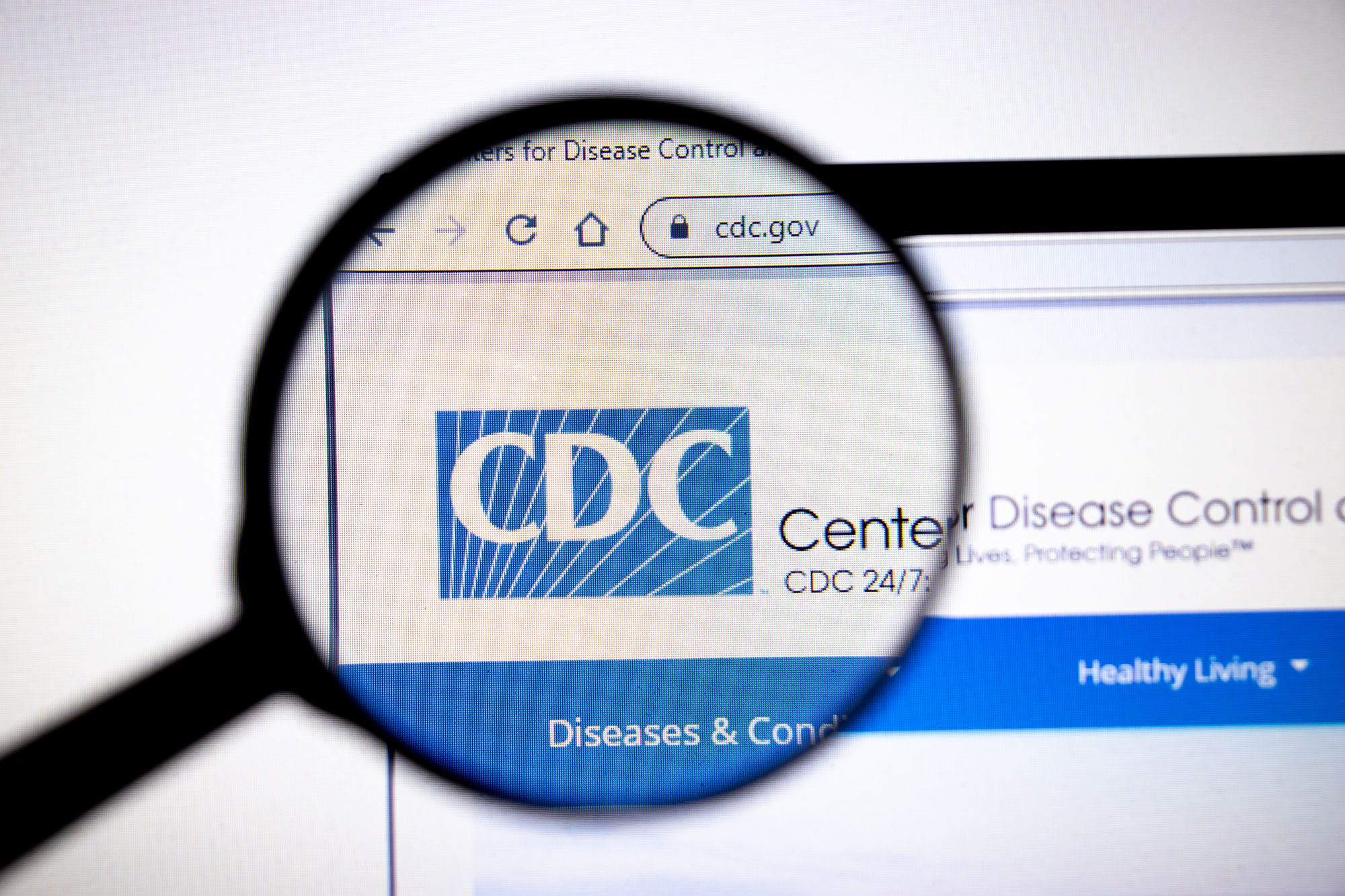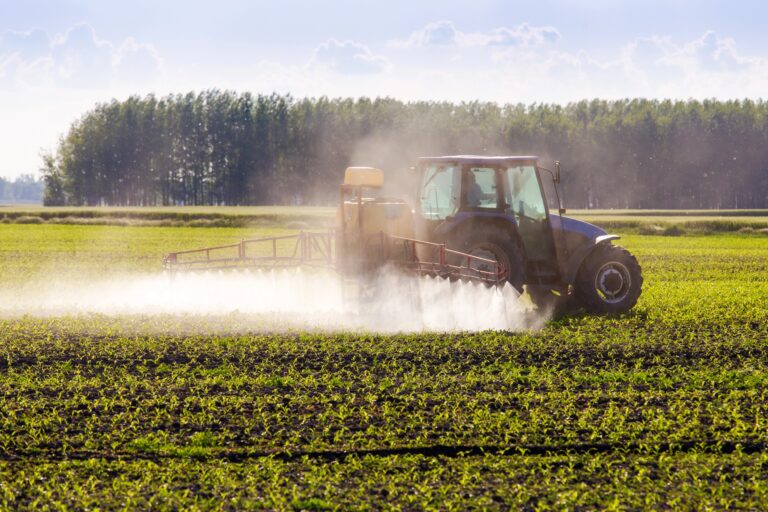Herbicides in Our Water Supply
Article from EWG News & Insights / News April 30, 2008
This is a post by EWG social media intern Howie, who prefers his greens herbicide-free.
New research suggests that atrazine, a possible carcinogen and the second most common herbicide used in America, is present in greater amounts in average Americans than previously thought.
The good people over at the Center for Disease Control came to this conclusion after they upgraded their atrazine monitoring method to look for traces of certain types of atrazine byproducts that their older measurements did not account for. CDC’s new research shows that the old method underreported the average level of atrazine in Americans so severely that 98 percent of the atrazine byproducts found in volunteers who said they did not know if they were exposed to atrazine would not have been accounted for under the previous method.
These new findings strengthen the case for taking serious action against the use of atrazine in America. The European Union banned the use of atrazine in its member nations in 2003 after it found traces of atrazine in some of its drinking water supplies. In America, people are mostly exposed to atrazine through drinking water that has been contaminated as a result of using the herbicide to control weeds on farms and golf courses.
The government must take action beyond asking Syngenta, the main manufacturer of atrazine used in America, to monitor atrazine levels in streams with more than three times the amount of atrazine that the EPA considers harmful to humans. Continued failure to raise regulations on atrazine will continue to hurt Americans.
In a previous post, we briefly mentioned that overexposure to atrazine has been linked to breast cancer development. Syngenta’s own research shows there may be a link between atrazine overexposure and prostate cancer. Cardiovascular problems, muscle spasms, damage to the retinas and adrenal gland damage may also result from overexposure to atrazine. Now that we know there’s even more atrazine in us than we care to have, we have all the more reason to advocate for our health and restrict its use.
———————————————————————————————————–
Article from EWG News and Insights / News April 7, 2015
Glyphosate Is Spreading Like a Cancer Across the U.S.
American growers sprayed 280 million pounds of glyphosate on their crops in 2012, according to U.S. Geological Survey data. That amounts to nearly a pound of glyphosate for every person in the country.
The use of glyphosate on farmland has skyrocketed since the mid-1990s, when biotech companies introduced genetically engineered crop varieties (often called GMOs) that can withstand being blasted with glyphosate. Since then, agricultural use of the herbicide has increased 16-fold.
 View the full map slideshow here
View the full map slideshow here
Glyphosate is the active ingredient in Roundup, Monsanto’s widely used weed killer, which according to the World Health Organization is “probably carcinogenic to humans.” Public interest groups are asking the U.S. Environmental Protection Agency to take into full account in its deliberations this new assessment by the world’s leading authority on public health.
Given the increased use of herbicides in connection with GMOs, it’s no wonder that more than 90 percent of consumers want the right to know if the food they buy contains genetically engineered ingredients. The current voluntary labeling system is not getting the job done. The only way for people to know for sure what’s in their food is to require nationwide labeling of GMO products.
Remediate Herbicides
Remediate Herbicides from water with the following products:







